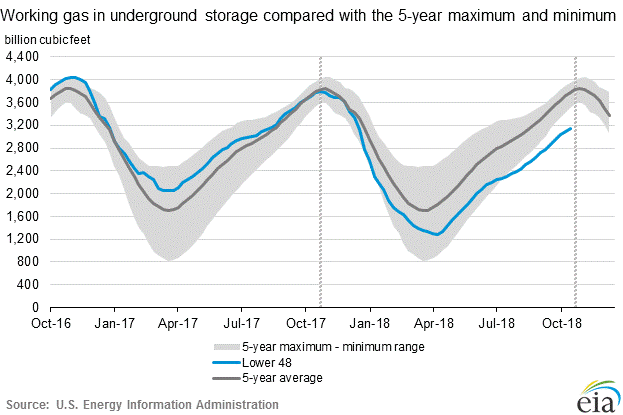Global oil demand will peak by 2040, according to a new report, although oil supply shortages could emerge before then.
The International Energy Agency (IEA) published its highly-anticipated World Energy Outlook 2018 on Tuesday, one of the most important energy forecasting reports published each year. In this year’s Outlook, the IEA noted that global oil demand is set to rise by 1 million barrels per day (mb/d) each year through 2025, before slowing dramatically to 0.25 mb/d thereafter.
Electric vehicles are already making inroads in the transportation sector, and that is expected to accelerate in the years ahead. By the mid-2020s, the IEA says that oil demand peaks in the market for passenger vehicles, even as vehicle sales rise by 80 percent through 2040. The agency sees 300 million EVs on the roads by 2040, which should displace about 3.3 million barrels of oil demand.
Still, demand continues to grow and doesn’t peak until 2040, which, at this point, is a pretty conservative estimate in the universe of peak demand forecasts.
The reason for this is that the IEA believes that other sectors start to take on a growing importance in driving oil demand. Everyone thinks of cars and trucks as the main source of oil demand, but over the next two decades, petrochemicals, aviation and heavy trucking account for the lion’s share of demand growth. Here are a few key figures in the IEA’s main forecast:
• Petrochemicals see 5 mb/d of demand growth, the largest of any sector.
• Heavy trucks account for 4 mb/d of demand growth through 2040, even though vehicle and logistical efficiencies avoid nearly 5.5 mb/d of additional demand growth.
• Developing economies see more than 5 mb/d of demand growth for passenger vehicles, but that is just about entirely offset by declining demand (largely due to EVs) in advanced economies.





















